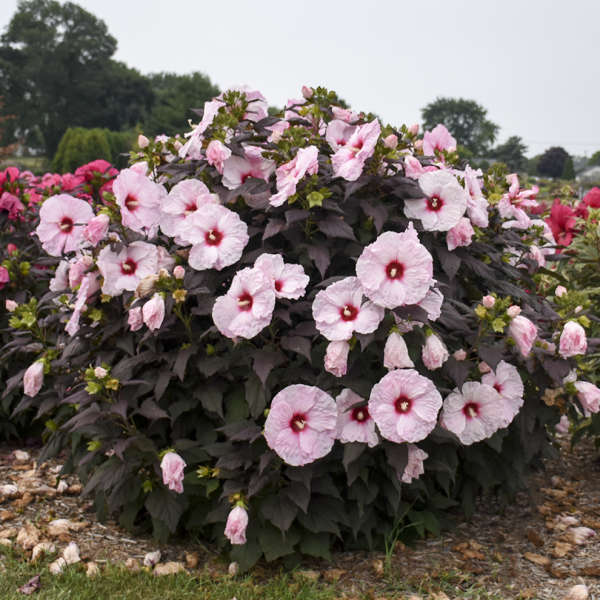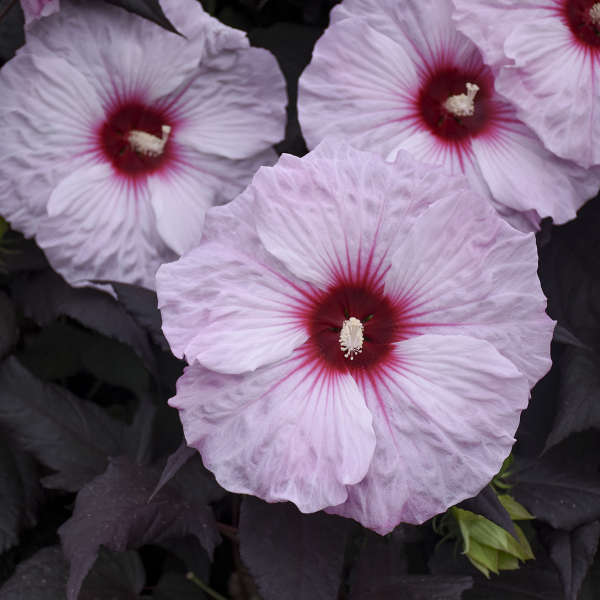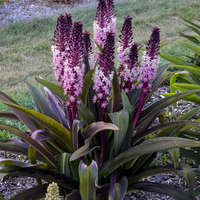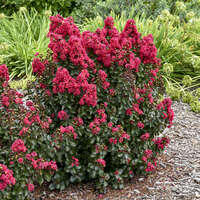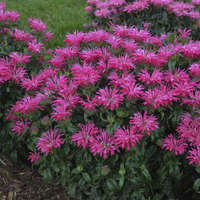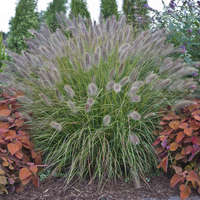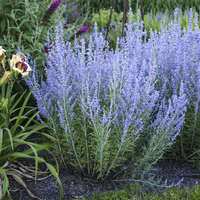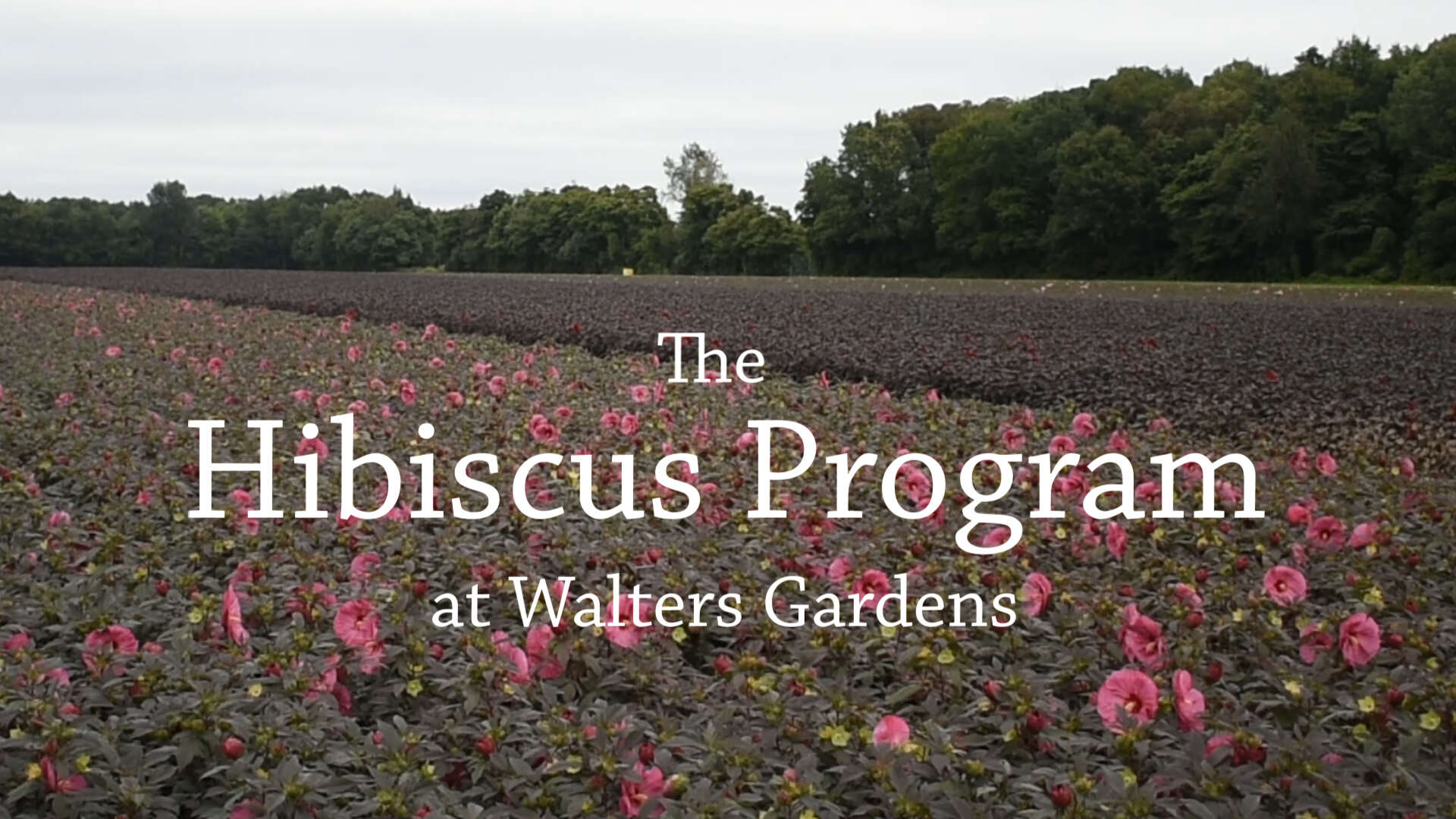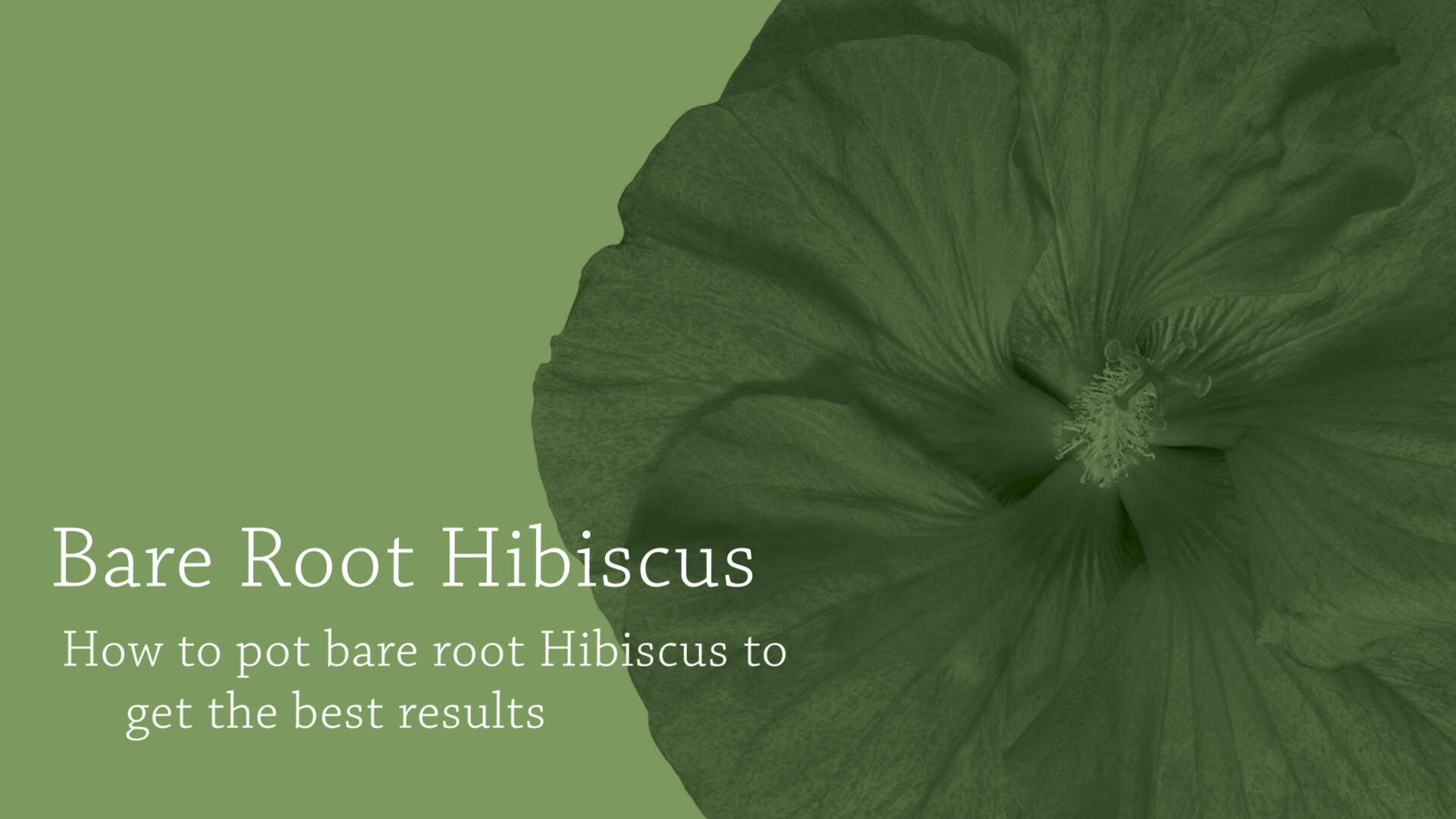Hibiscus 'Dark Mystery' PP32036

Common Name: Rose Mallow
There's no mystery here – this Hibiscus has proven season after season to be a superior performer. Incredibly dark, wine purple foliage contrasts beautiful with the large 8-9" white flowers. Each flower has a cherry red eye and dark pink veining. Heart-shaped leaves cover the round habit. Perfect for use in large gardens, landscapes, or any place where you want to make an impact statement.
These North American native plants bring massive, tropical-looking flowers all the way to zone 4. Although later to emerge than most perennials in spring, these are fast growing plants capable of adding an inch of new growth a day. Excellent at brightening up end of season gardens.
